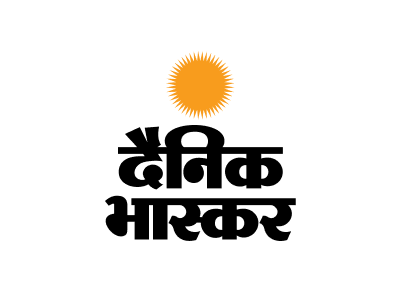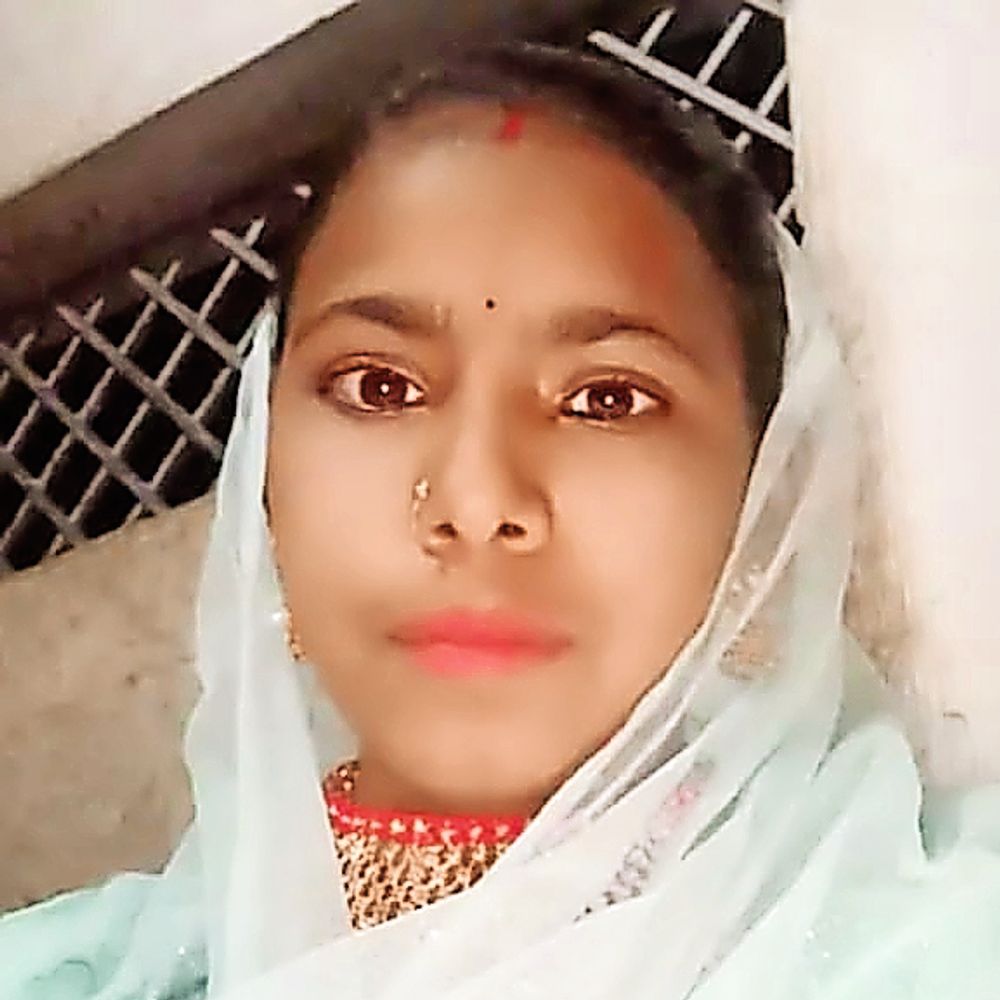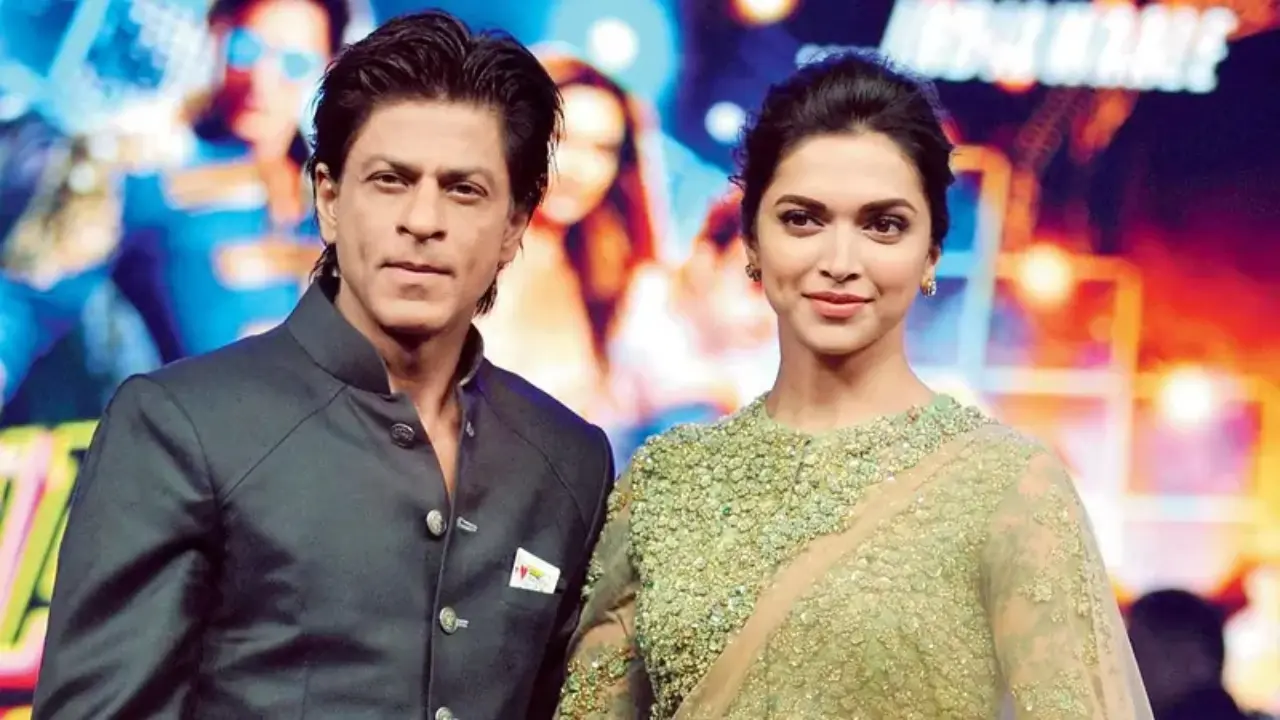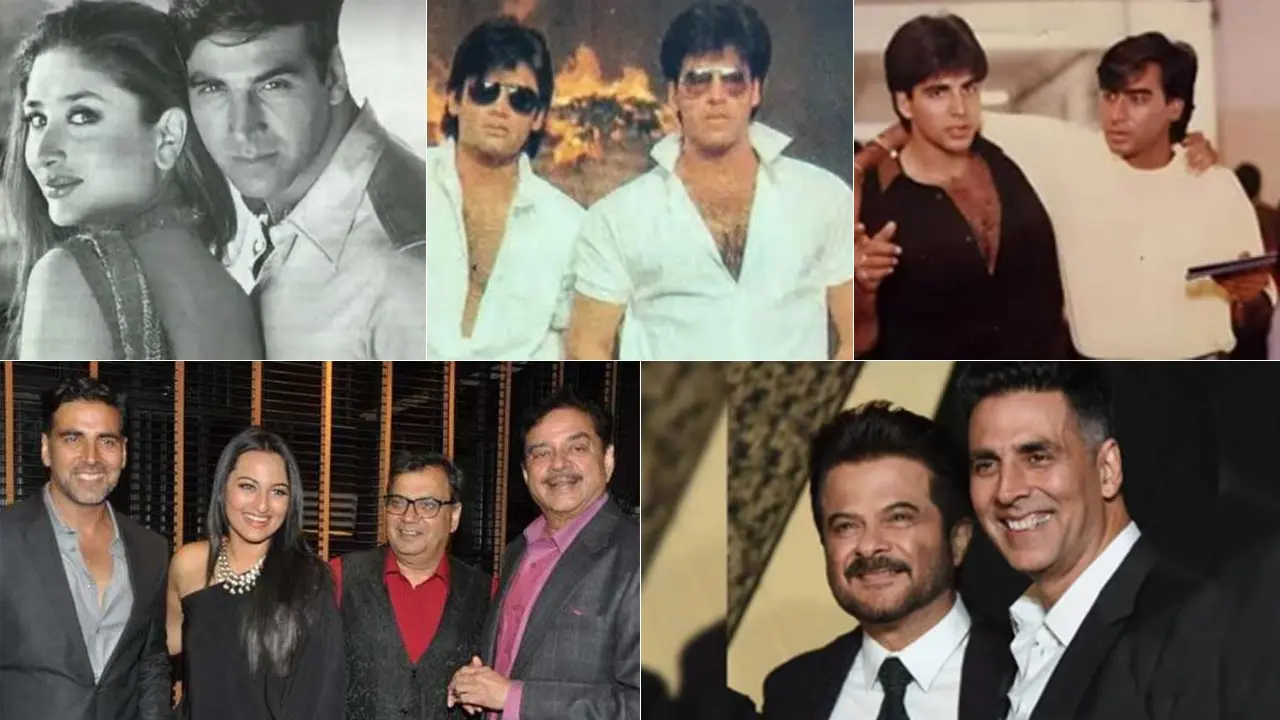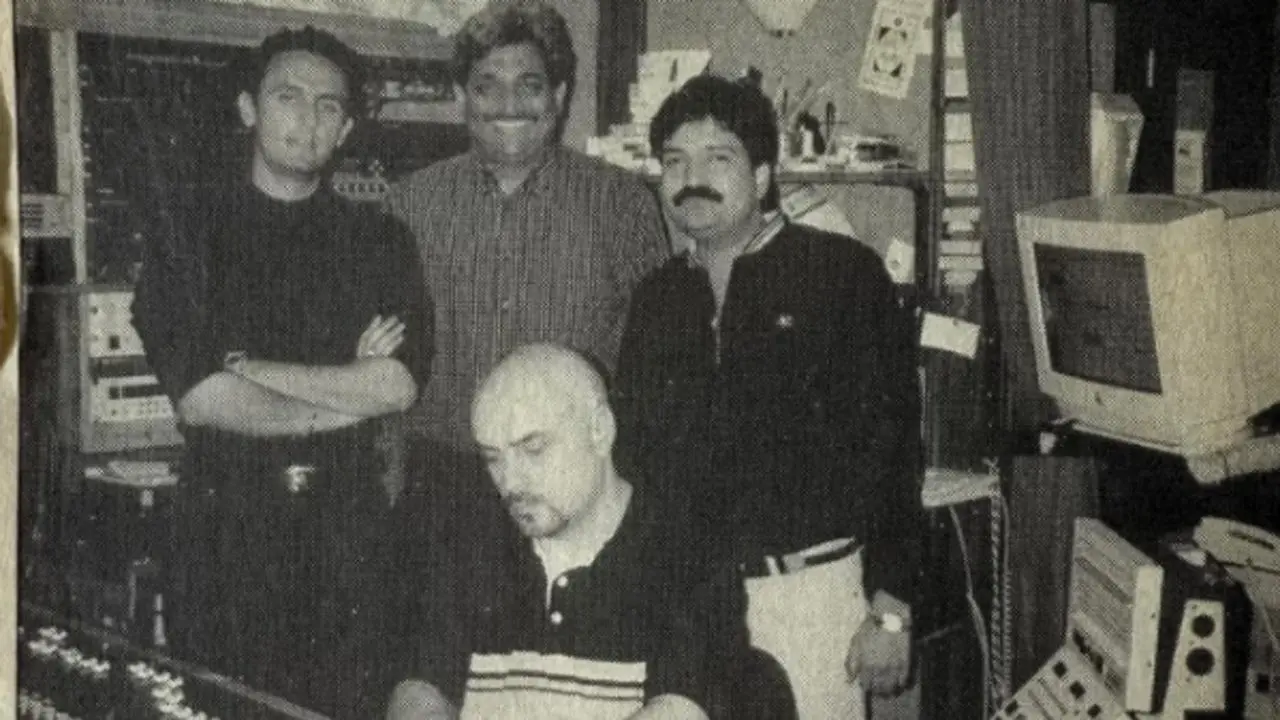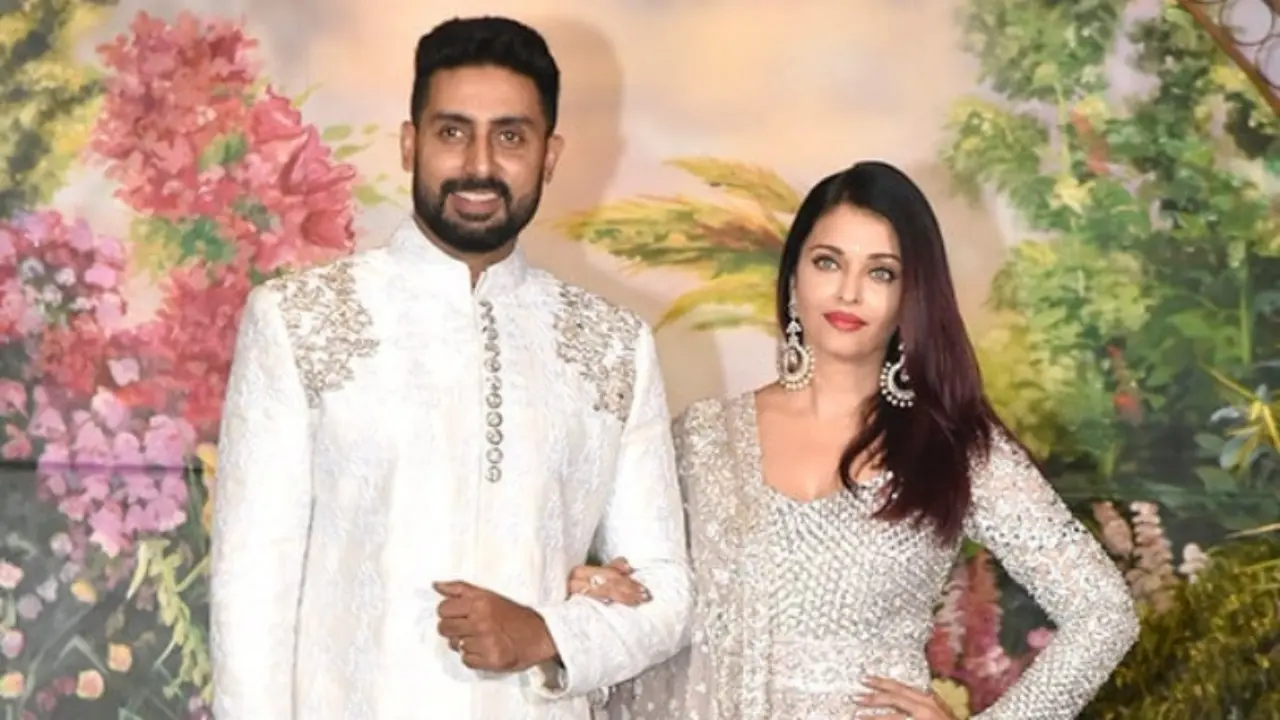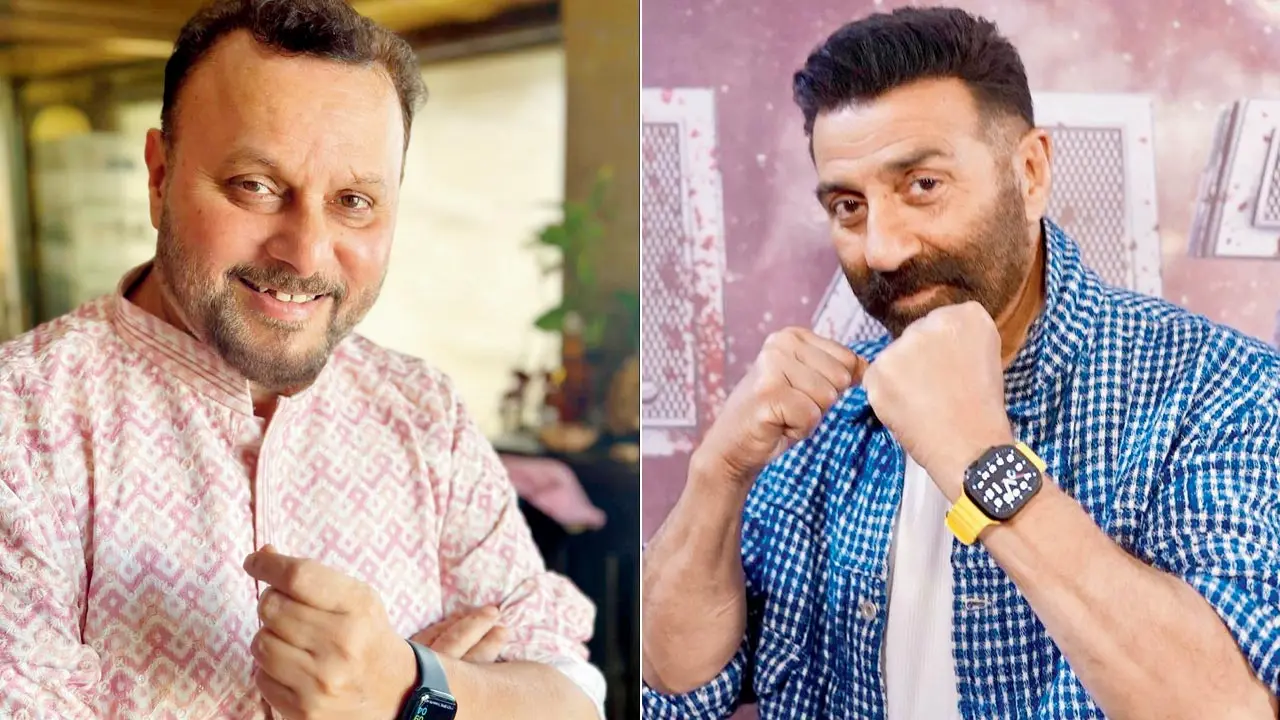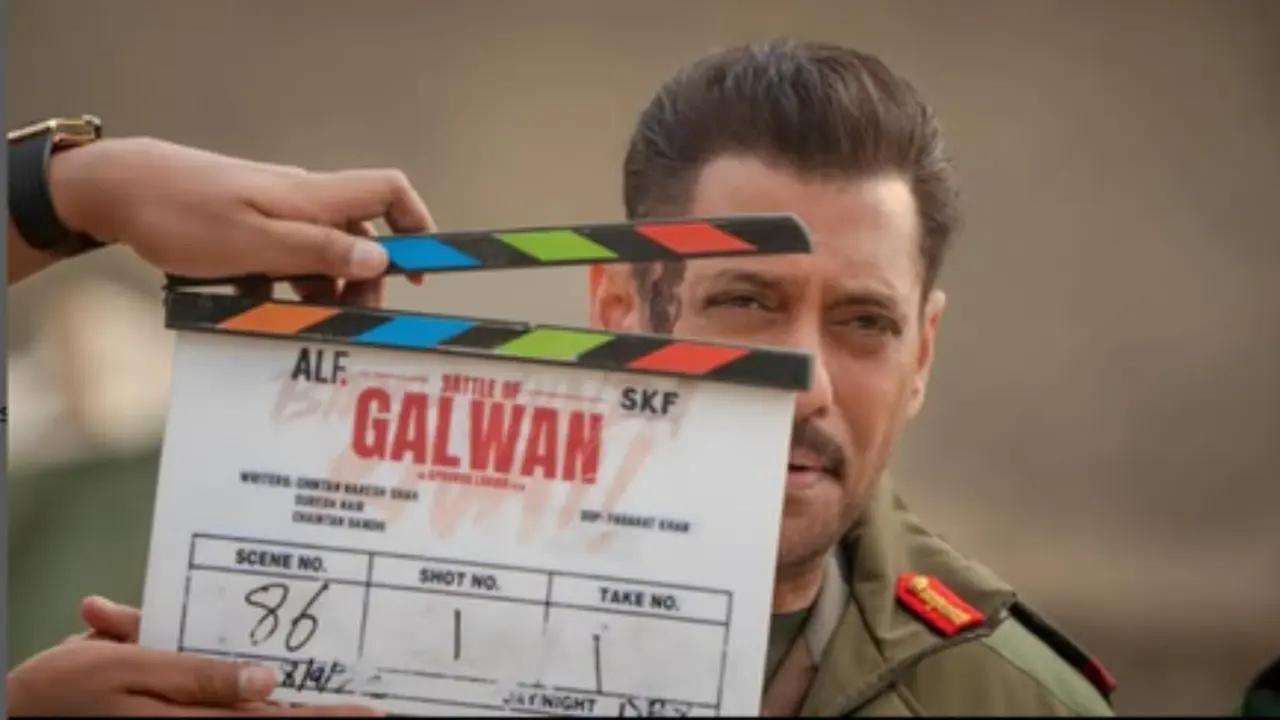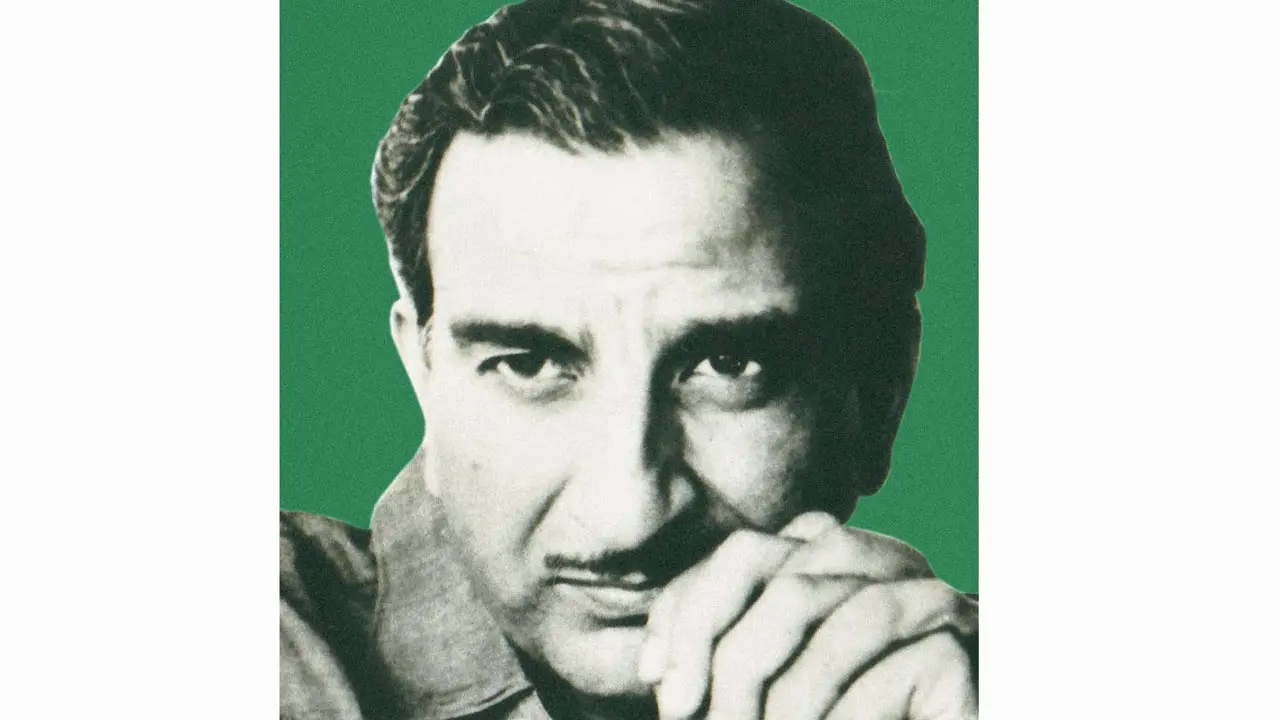Percussionist Ganesh Murali Iyer on playing the ghatam in Ed Sheeran Sapphire

Since June, Ed Sheeran’s fans in India have been hooked to Sapphire, listening to it on a loop. But what if we said that the chartbuster’s India connection goes beyond Arijit Singh, Shah Rukh Khan, the locales, and the pop star mouthing the Punjabi line in that adorable manner? In the song’s background, sits a sound born in South India. Percussionist Ganesh Murali Iyer playing the ghatam for Sapphire and other songs in Sheeran’s upcoming album Play is a reminder that sometimes the oldest instruments have the freshest things to say.
When Iyer walked into the recording session in May 2025, he wasn’t sure what to expect. A call from the A&R team at Warner Music India had informed him that he had been chosen by Sheeran’s team to contribute to the record. “I never expected they would want an Indian classical musician, especially a percussionist, for this project. Nowadays, most pop music is produced electronically. So, it surprised me to see that Ed wanted to record Indian instruments on the album,” Iyer tells us over a phone call.
(L-R) Ganesh Murali Iyer with Ed Sheeran
Play, slated to release this month, has the percussionist’s work on three singles — Sapphire, Old Phone, and Azizam. Hidden inside the layers of Sheeran’s voice and arrangements is the earthy thump of the ghatam, an instrument made of baked clay that has been a cornerstone of Carnatic music for generations. Iyer trusted the instrument to blend seamlessly with Sheeran’s songwriting. “The ghatam is one of the oldest percussion instruments in the world. I had complete faith that its sound would find its place naturally. It didn’t take us long to figure out which songs it suited best. Ed Sheeran is a rhythmic musician, and his lyrics have a strong rhythm as well, which made it easy for me to play Carnatic patterns like the sarva laghu on most of his songs.”
For a musician rooted in the world of classical music, the prospect of hearing his instrument play out across millions of streams carries pride and responsibility. He shares, “It feels special to me that the ghatam is being heard by people who might never have seen or heard it before. This album has brought it into a space where it has seldom been seen before: popular music.”
Now, the larger ambition is to take India’s traditional soundscapes and embed them in contemporary pop. The collaboration, he believes, is a signal of what’s to come. “This collaboration will open many doors for Indian classical musicians, not only outside India, but also within. A new concept of integrating classical instruments into mainstream music has emerged, and I believe more regional pop artistes in India will try to do this, creating new opportunities.”
In the course of recording the three songs, Ed Sheeran asked Ganesh Murali Iyer about the ghatam’s origins. Iyer not only showed him videos of maestros like TH Vinayakram, Suresh Vaidyanathan, and Umayalpuram K Sivaraman, but also gifted the English pop star a ghatam. “Ed asked me about the ghatam’s history, and was inspired by the videos of the maestros. Eventually, I decided to gift him one of the ghatams from our sessions. It’s now with him in his studio,” says Iyer.
What's Your Reaction?
 Like
0
Like
0
 Dislike
0
Dislike
0
 Love
0
Love
0
 Funny
0
Funny
0
 Angry
0
Angry
0
 Sad
0
Sad
0
 Wow
0
Wow
0























